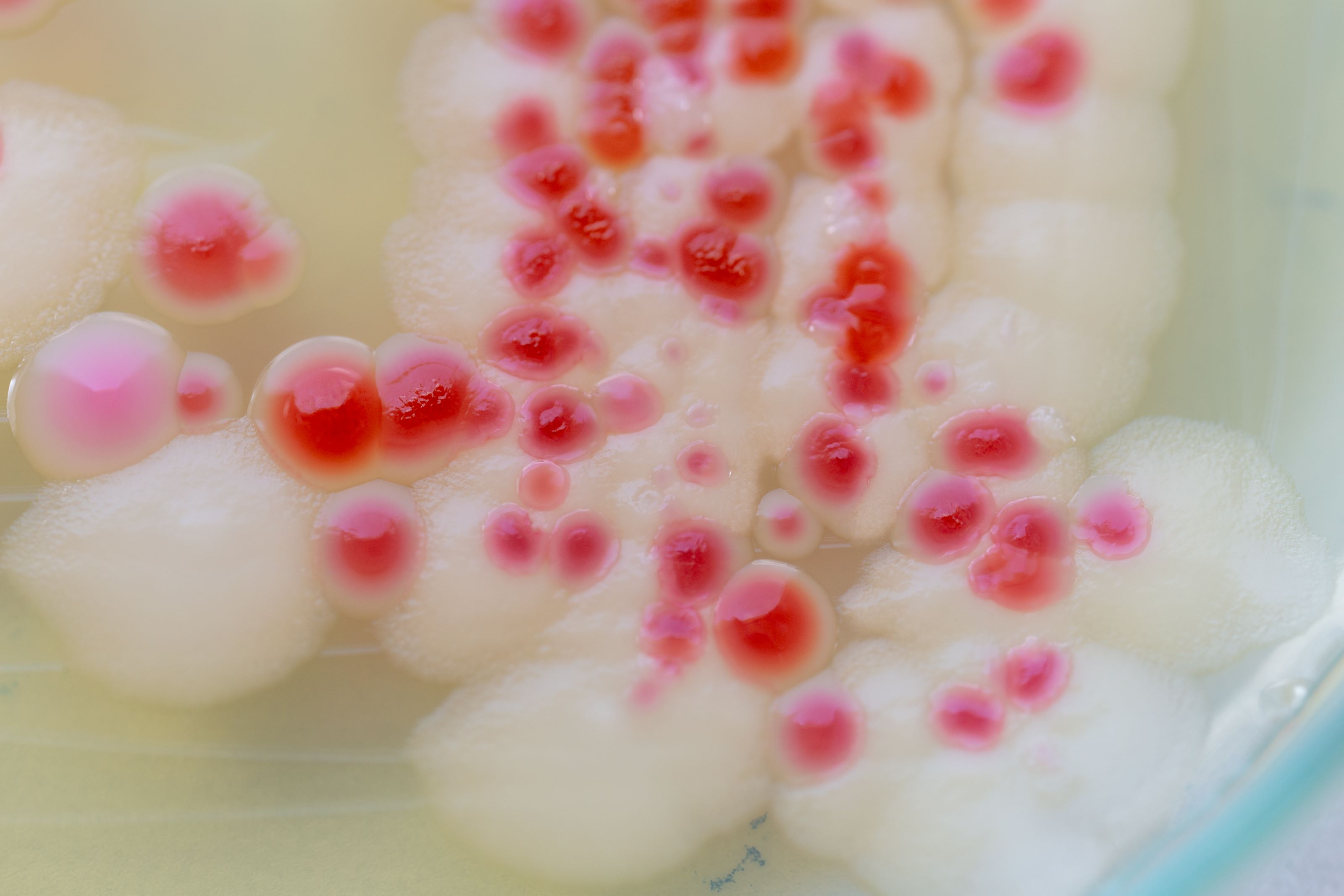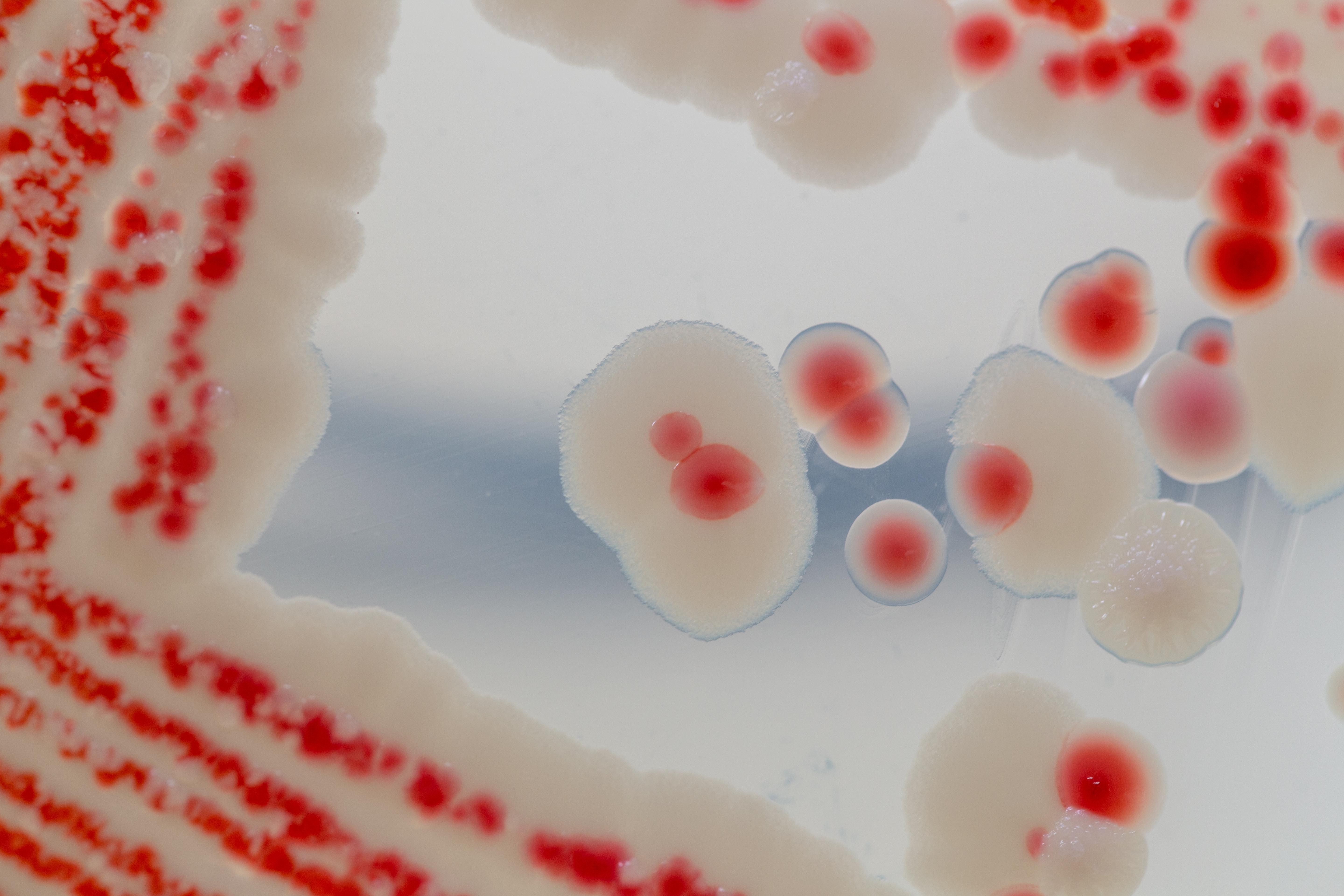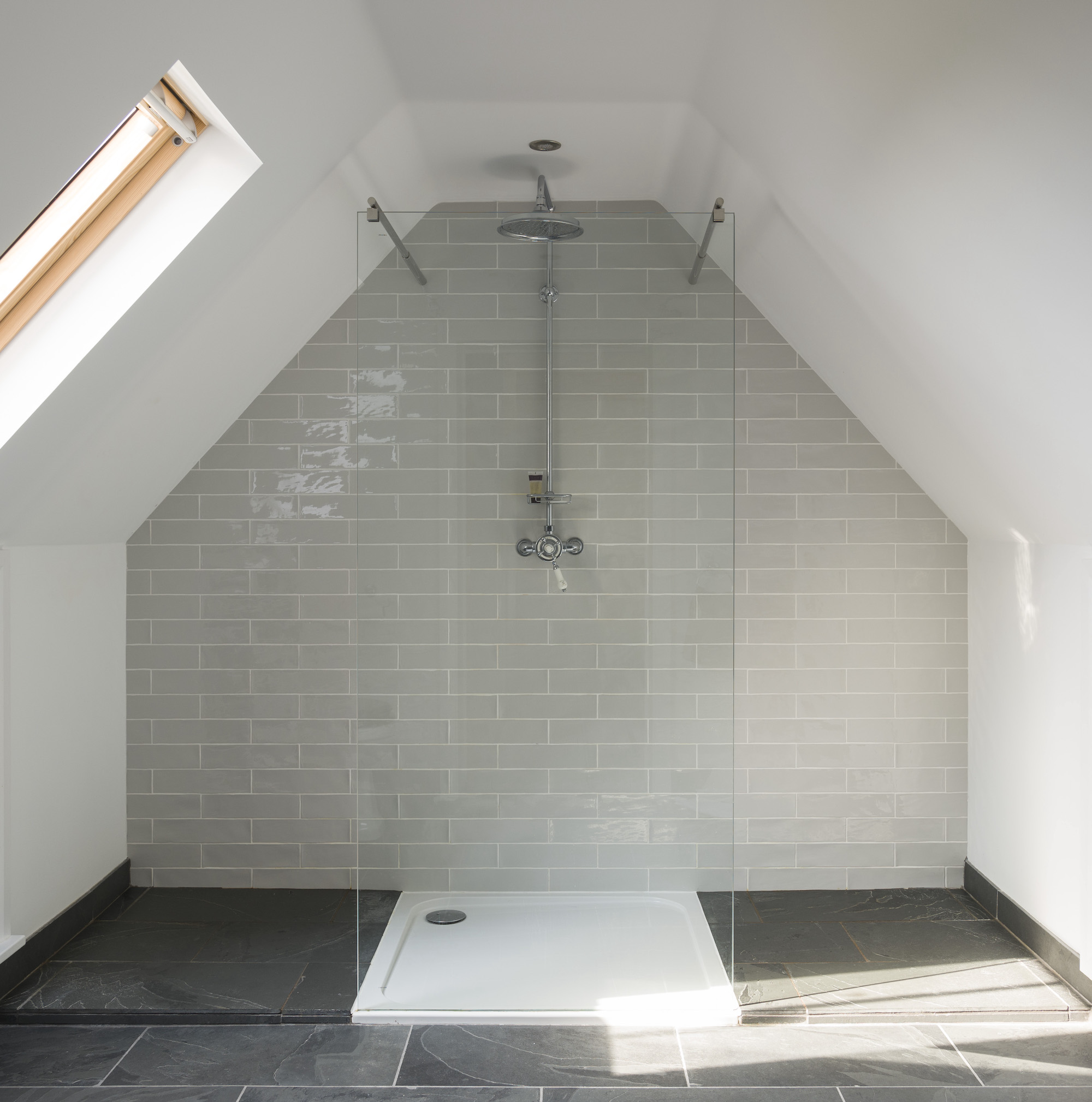Pink mould in shower? Why it might be more disgusting than you think
Ever noticed pink 'mould’ or slime in your shower in the morning? We explain what it is, what causes it, how you can get rid of it, and how to prevent it coming back

Pink mould in showers might sound rather flamboyant for a mould but there's a reason for it's colour — and that's because it isn't a mould at all, it's a bacteria. While that alone might sound nasty, the reason the stuff might be colonising inside your shower cubicle is pretty grotty too.
Pink mould is often found in areas where there is a build up of soap scum, for instance if you fail to clean your shower or bath for long periods of time. The bacteria thrives in damp areas and feeds on fatty particles in personal hygiene products. And to top it all off, the bacteria can give you infections by entering any open wounds you have while you wash as well as a potential urinary tract infection.
Keen to get rid of pink mould in your shower? Here's our guide on how to kill pink mould in bathrooms as well as how to prevent it coming back.
What is the pink mould in my shower?
Pink mould is an airborne bacteria called Serratia Marcescens - or occasionally a different bacteria called Aureobasidium Pullulans - that can build up in moist areas such as showers, toilet bowls, baths, and other water fixtures. Despite not being a mould, it is generally referred to as pink mould, so we will continue to use the term to refer to it too.
The bacteria can naturally be found in soil and animals and tends to enter a property through the air via open windows or doors, before multiplying in wet areas with a sufficient food source.
In small amounts the pink mould will not have much colour but a red pigment, which manifests when the bacteria is at room temperature, will start to appear as the colony grows to a larger size, turning your shower pinker and pinker. A slime "biofilm" is also likely to form.
Confusingly, pink mould isn't always pink. It can also look red, brown, or black, meaning it's easily confused with mould, such as black mould.

Is pink mould harmful?
Pink mould is not as harmful as black mould, which can trigger respiratory infections, allergies or asthma. Damp and mould can also affect the immune system.
However, pink mould can still harm you. Healthy people usually don’t have much to fear but vulnerable people, like asthma sufferers, the elderly, and children, are at risk from respiratory and urinary tract infections, gastrointestinal trouble, heart problems, and more.
As previously mentioned, if the bacteria gets into cuts or broken skin it can also cause infections.
How do I get rid of pink mould in my shower?
The best product to use is bleach, which kills the bacteria and also tackles any stains the mould leaves.
It is recommended you put on rubber gloves before cleaning. Spray the bleach solution (two cups of water mixed with two teaspoons of bleach should do it) onto the mould and let it sit for an hour.
Then use a scrubbing brush to remove the mould, before washing the site with clean water and drying it with a cloth.
Ann Russel, a TikTok ‘cleanfluencer’ and author of the book ‘How To Clean Everything’ told Homebuilding & Renovating: “Use anti-limescale spray and a stiff brush. It can lodge in grout and limescale – so kill both birds with one spray.”
Shower curtains with pink mould can be put into the washing machine, just be sure to check the label for washing instructions to avoid damage.
To prevent pink mould returning, regular cleaning and ventilation is key. If you have an old bathroom with only a window as a source of ventilation, it might still be a good idea to provide extra ventilation, such as an extractor fan. You can check out the best bathroom extractor fans in our expert buying guide. Good ventilation will help keep surfaces drier. It's also a good idea to regularly mop up any standing water in addition to this.

Get the Homebuilding & Renovating Newsletter
Bring your dream home to life with expert advice, how to guides and design inspiration. Sign up for our newsletter and get two free tickets to a Homebuilding & Renovating Show near you.
Sam is based in Coventry and has been a news reporter for nearly 20 years. His work has featured in the Mirror, The Sun, MailOnline, the Independent, and news outlets throughout the world. As a copywriter, he has written for clients as diverse as Saint-Gobain, Michelin, Halfords Autocentre, Great British Heating, and Irwin Industrial Tools. During the pandemic, he converted a van into a mini-camper and is currently planning to convert his shed into an office and Star Wars shrine.

